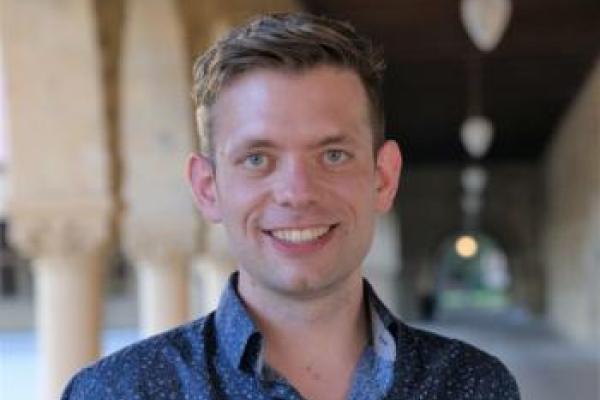
Tue, February 13, 2024
3:45 pm - 4:45 pm
1080 Physics Research Building
Colloquium: Dr. Christian Heide, Stanford University
Steering electrons with lightwaves: from petahertz electronics to quantum spectroscopy
Event Details
- Time: 3:45 PM - 4:45 PM
- Location: 1080 Physics Research Building, Smith Seminar Room
- Faculty Host: Fengyuan Yang
